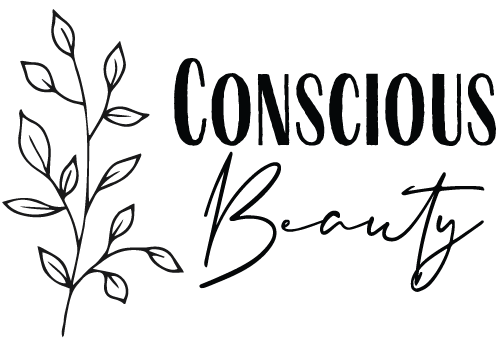
Beyond the Plastic Problem
It’s not just plastics that cause problems in the environment. The beauty industry is a huge offender in all sorts of various environmental dangers. With a lack of regulations and the expectations of self-monitoring many companies aren’t able to monitor their supply chains in their entirety. Some parts of the supply chain could be using non-sustainable harvesting practices leading to deforestation and species death; companies that use less than ideal harvesting practices are cheaper and many businesses just want to save a book. Some aspect of the chain could be releasing harmful chemicals and toxins into the environment through their manufacturing processes. Petroleum and other coal-based products are prevalent in the beauty industry and they have a significant impact on the environment. Harvesting and manufacturing coal products is not a pretty business, it destroys the earth while it’s being mine, it releases chemicals into the air through the manufacturing and refinement process. Sometimes ingredients are sourced from places that use pesticides; pesticides (even though they are actually MORE regulated than beauty products) are a real issue in beauty products if they’re not properly removed from ingredients. Pesticides can absorb into skin, they can cause allergic reactions, they can irritate skin and when they’re washed off they can contaminate and poison waterways and wildlife.
Endangering Waterways
Most of the damage done to the environment comes from what happens to the product after we wash ii off and it’s entered our waterways. We use products with chemicals that are dangerous for the environment, or ingredients that don’t break down like microbeads. Chemicals and microbeads are washed off us and into the waterways where they create plastic smog, they’re eaten by fish and they attract harmful chemicals/bacteria or they outright poison or kill wildlfie. Dead baby fish have been found to have their bellies FULL of microbeads. Countries like Europe and Canada have banned ingredients from their products that contain microbeads and certain chemicals. It’s not just what we wash off, it’s also what we apply before we enter waterways, like sunscreen. Mineral sunscreen has been found to be generally safe for our waterways, but the majority of sunscreens available now are chemical sunscreens. Two ingredients commonly found in these chemical sunscreens Oxybenone and Octinate have been banned from Hawaii and other places because of their significant impact on coral death.
Packaging Problems
The packaging industry makes over $3 trillion dollars a year making packaging for a variety of companies. The cosmetics and beauty industry uses over 120 billion units of packaging per year. These packages are not always made from recycled material, nor are they recyclable themselves. The most recycled colors of plastics are clear and white, however looking at your products I bet you see a LOT of other colored plastics that will more than likely just end up in a landfill. Some companies have started to switch over to recycled or more recyclable materials like cardboards and white plastics wrapped in graphics. Kevin Murphy Haircare (from Australia) has begun to package their items in packages made entirely from ocean waste, and are also recyclable. Other companies are looking at using more recyclable packaging like metals and glass, or joining in on the recycling trend themselves, offering products in packages that can be returned to the company and reused or recycled.
Child Labor is Cheaper
If a company isn’t able to monitor all aspects of the supply chain they may miss one that uses child labor. Child labor is used for ingredients that are mined or harvested as again it’s cheap labor and saves companies on both the harvesting and sourcing sides with some extra change in their pocket. With such a large catalog of ingredients (more that 10,000 ingredients are used in the beauty industry) it’s hard to see all parts of where that ingredient comes from, but some companies are ensuring that they are using fair trade practices as well, making sure that no aspects of their supply chain uses child labor or pays unfair/non-living wages to the employees.
What Can You Do?
Demand transparency in your beauty products, demand that companies do the research to ascertain the safety of their ingredients, demand that they know every aspect of their supply chain and their practices. Demand that beauty companies release the information on their sourcing and manufacturing processes. Demand that your favorite brands use sustainable and fair trade practices. In a 2018 survey it was found that nearly 60% of people surveyed were willing to pay more for products that practice sustainability. Many companies roll fair trade practices into their sustainability plans, so if the majority of cosmetics companies switched over to these sustainable and fair trade practices and business plans they could raise prices to cover the costs of these sustainability and fair trade practices and still see a profit. Sign petitions, scream from the rooftops, organize a group, write your congressman, whatever you need to do to make your voice heard. The best way to make a change is to put your money where your mouth is, don’t buy from brands who don’t meet your ideals. Lower profit margins so businesses have to reassess their business practices.
Further Reading:
Refinery 29: https://www.refinery29.com/en-gb/2019/06/234318/beauty-products-ocean-pollution-plastic-chemicals
Medium: https://medium.com/@Sparknews/the-beauty-industry-needs-to-focus-on-sustainability-c71e9a21222b
Conservation Folks: https://conservationfolks.com/common-beauty-industry-environmental-issues/



